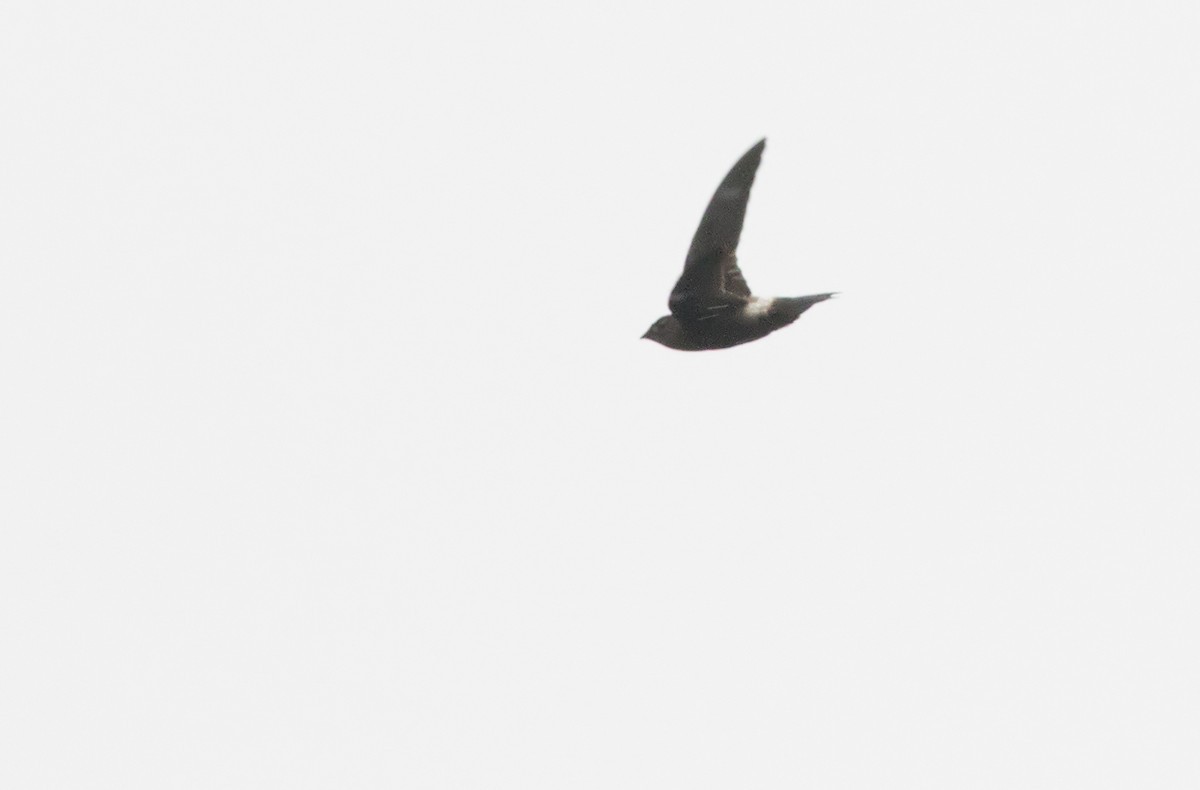Band-rumped Swift
A species of New World Needle-tailed Swifts Scientific name : Chaetura spinicaudus Genus : New World Needle-tailed Swifts
Band-rumped Swift, A species of New World Needle-tailed Swifts
Botanical name: Chaetura spinicaudus
Genus: New World Needle-tailed Swifts
Content
Description General Info
 Photo By Lars Petersson
Photo By Lars Petersson Description
The band-rumped swift (Chaetura spinicaudus) is a small swift. Until 1998, it was known as Chaetura spinicauda. At that time, the previously considered subspecies Costa Rican swift, Chaetura fumosa, was split from this species and the scientific name was modified from C. spinacauda to C. spinacaudus. It breeds in forested areas from Costa Rica south and east to Colombia, Ecuador, Venezuela, the Guianas, Trinidad and northeast Brazil. The nest is a half saucer of twigs glued to the inside of a tree hole or similar shaded location with saliva. The band-rumped swift is a speedy slender bird, 11.5 cm long, weighing 15 g. The upperparts are blackish with a whitish band across the rump, and the underparts are dark brown with a paler throat. It has a short tail. It feeds in flight on flying insects, often low over roads or clearings in the morning or evening, rising high above the forest, often with other swifts, in the middle of the day. It has a chittering csinck call. 
Size
10 cm
Nest Placement
Cavity
Feeding Habits
Band-rumped Swift primarily consumes insects and spiders, capturing prey in flight using aerial foraging techniques. This diet includes a variety from Hymenoptera, Coleoptera, Hemiptera, Heteroptera, to Homoptera. Band-rumped Swift adapts to forage at dusk, making use of its agile flight ability.
Habitat
The band-rumped Swift is commonly found at the edges of lowland tropical evergreen forests, including secondary forests. This species occupies a broad altitudinal range, from sea level up to 1,500 meters, with a presence in montane locales starting at 300 meters in the Western Andes. Across Amazonia, band-rumped Swift frequents both lowland and highland forests, as well as cleared areas. North of the Orinoco in Venezuela, the species adapts to open habitats, descending to sea level.
Dite type
Insectivorous
General Info
Feeding Habits
Bird food type

 Photo By Lars Petersson
Photo By Lars Petersson